VITAL SCIENTIFIC Vitalab Micro User manual




















This manual suits for next models
1
Table of contents
Popular Laboratory Equipment manuals by other brands
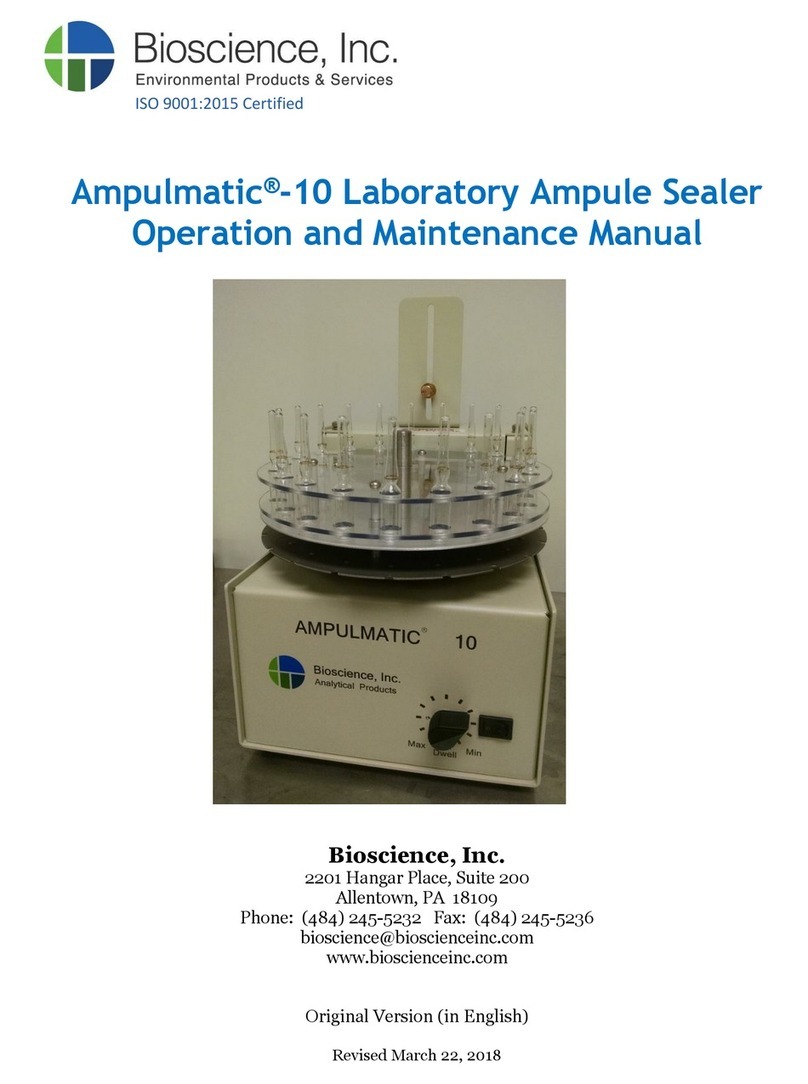
Bio-Science
Bio-Science Ampulmatic-10 Purge Gas Injector Operation and maintenance manual
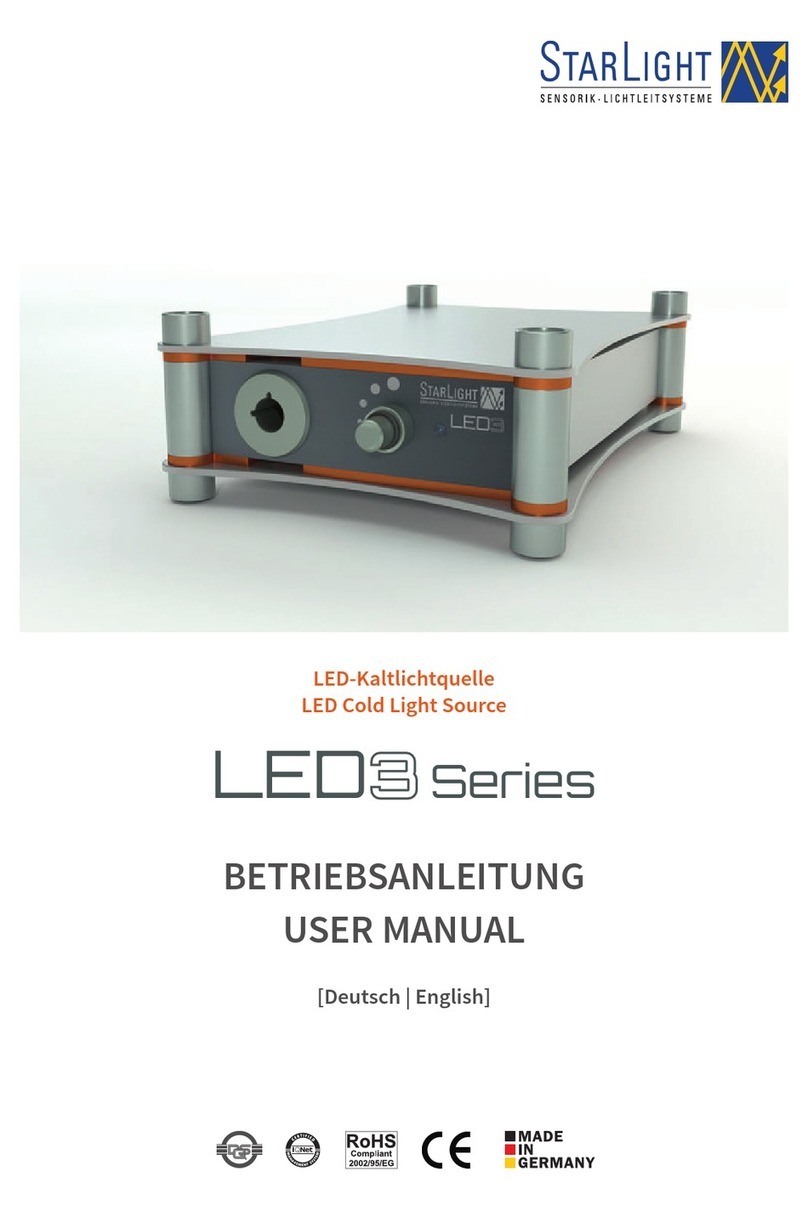
starlight
starlight LED3-P user manual
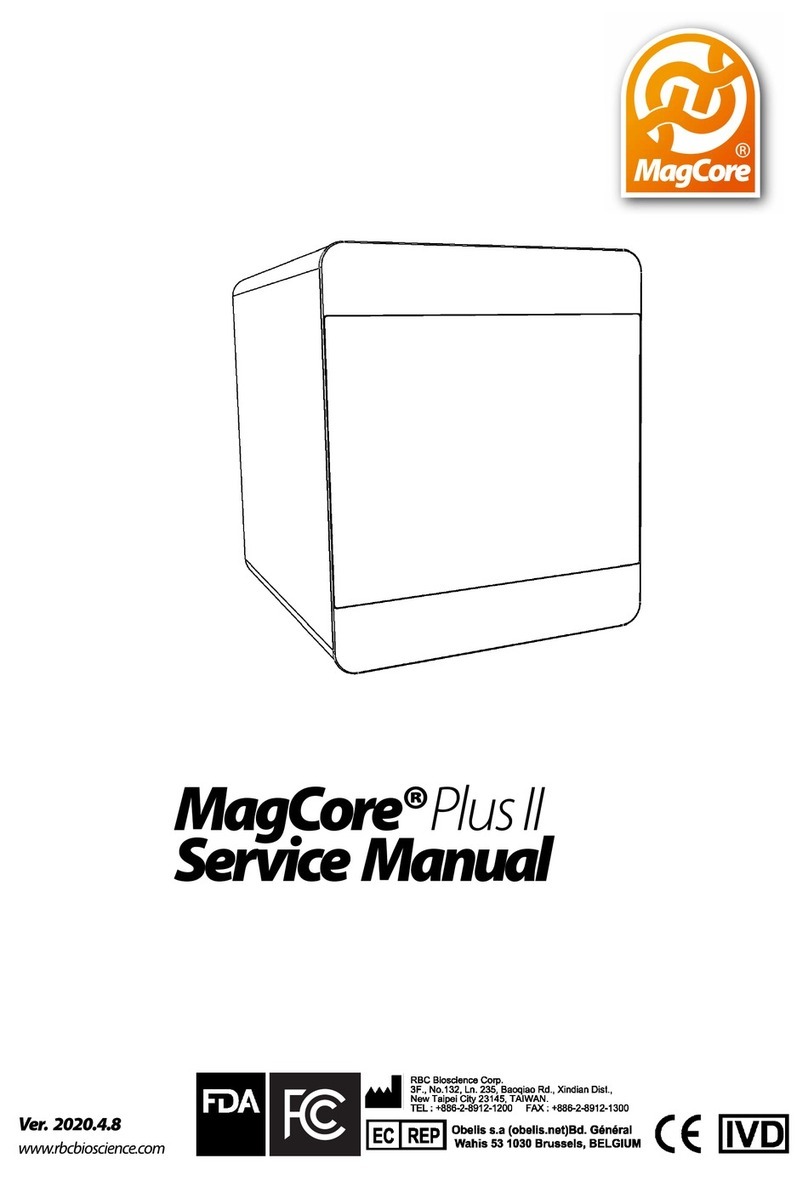
RBCBioscience
RBCBioscience MagCore Plus II Service manual
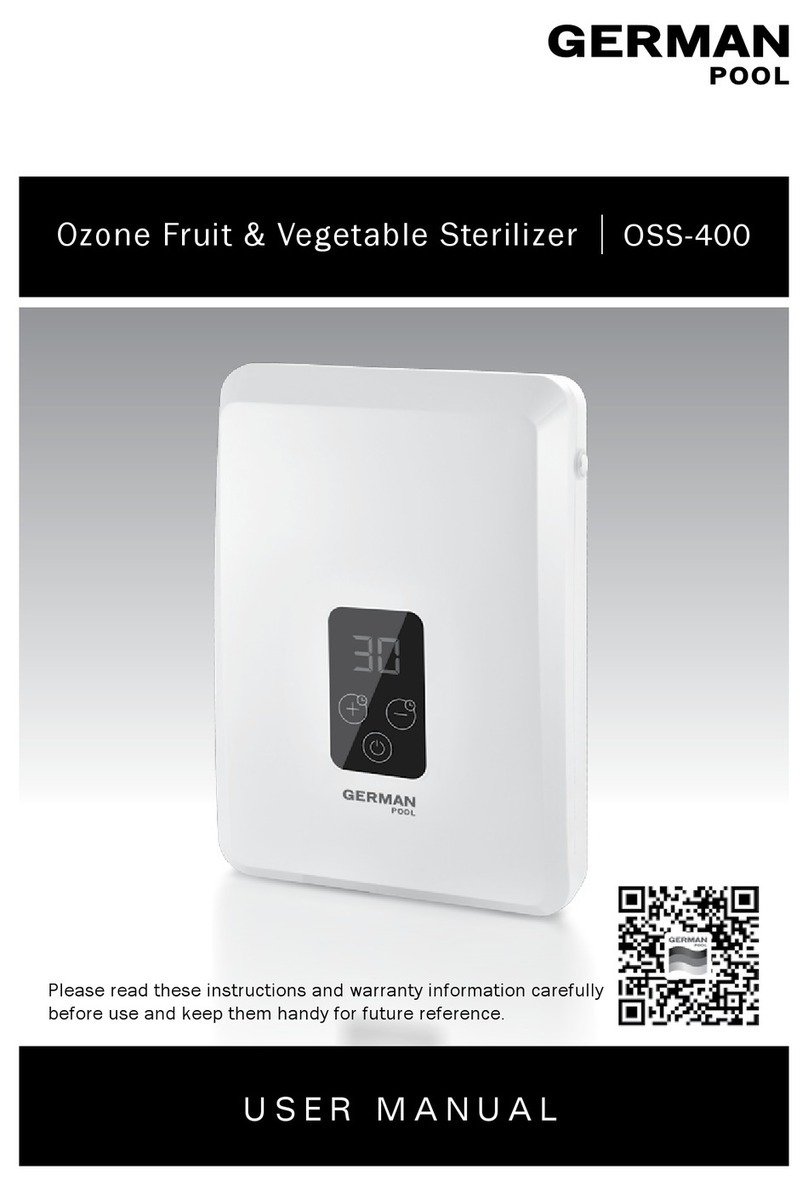
German pool
German pool OSS-400 user manual
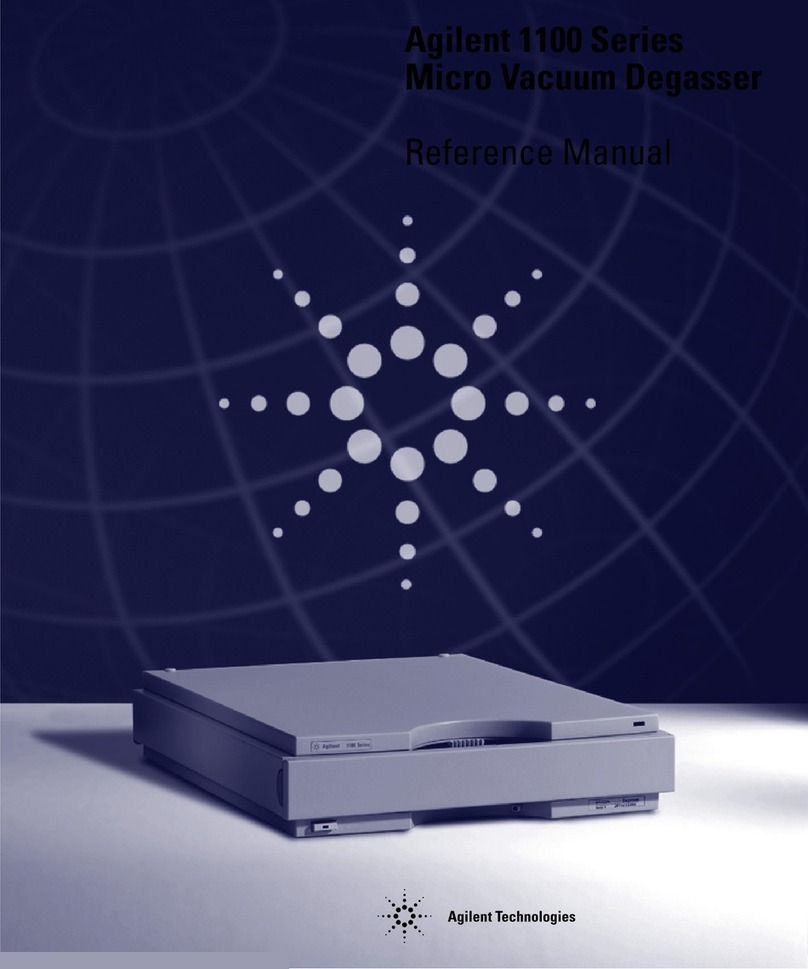
Agilent Technologies
Agilent Technologies 1100 Series Reference manual

Leica
Leica PAULA Instructions for use
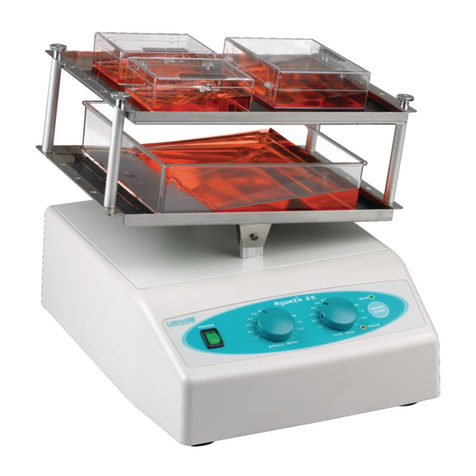
Labnet
Labnet ProBlot Rocker 25 instruction manual
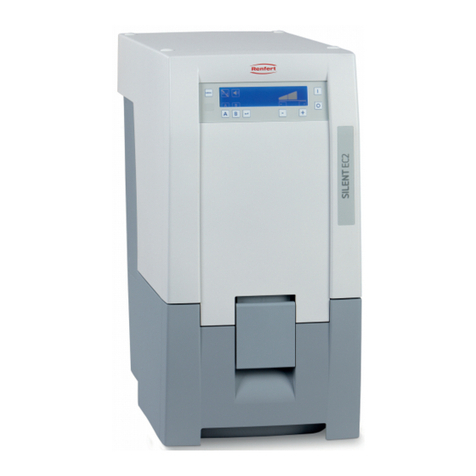
Renfert
Renfert SILENT EC2 Faq

Nordic Lab
Nordic Lab ULT U250 Instructions for use
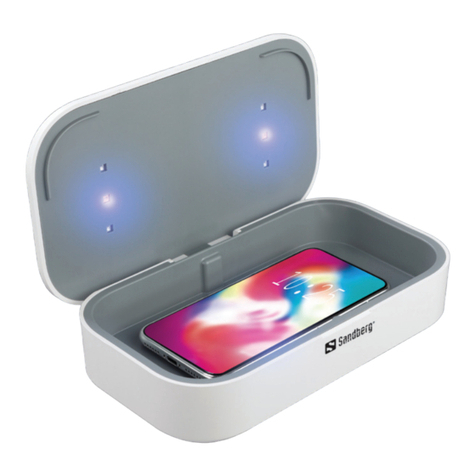
Sandberg
Sandberg 470-31 quick guide
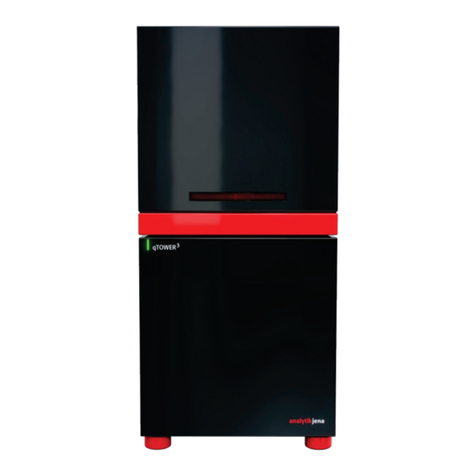
Analytik Jena
Analytik Jena qTOWER3 operating manual

Environmental Express
Environmental Express SimpleDist C6000 Operation & instruction manual

Aqua-Hot
Aqua-Hot 375-LP installation manual
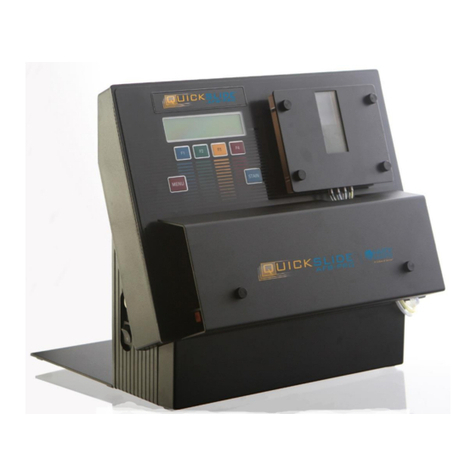
Hardy Diagnostics
Hardy Diagnostics QuickSlide AFB-PRO User's operation manual
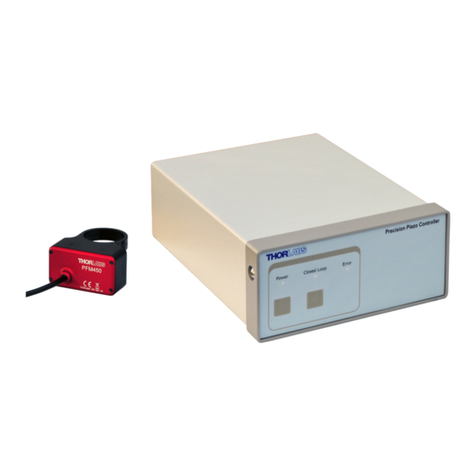
THORLABS
THORLABS Kinesis PFM450E user guide
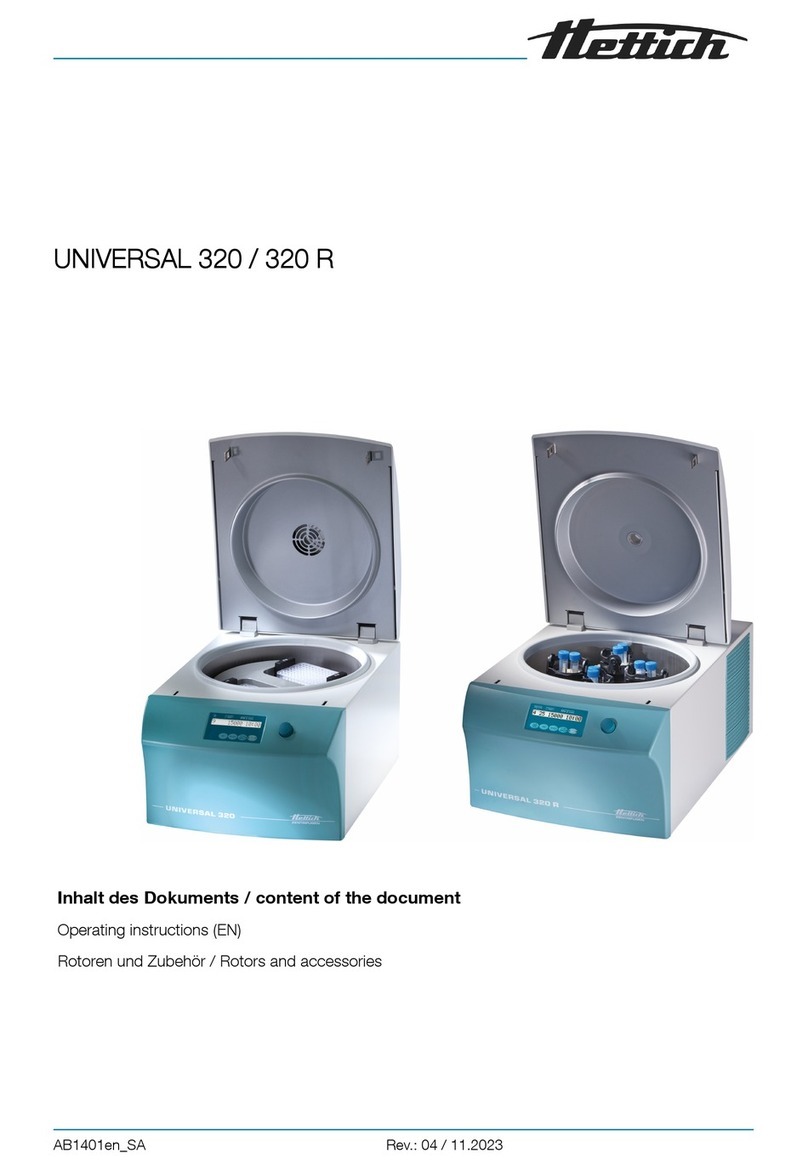
Hettich
Hettich UNIVERSAL 320 operating instructions
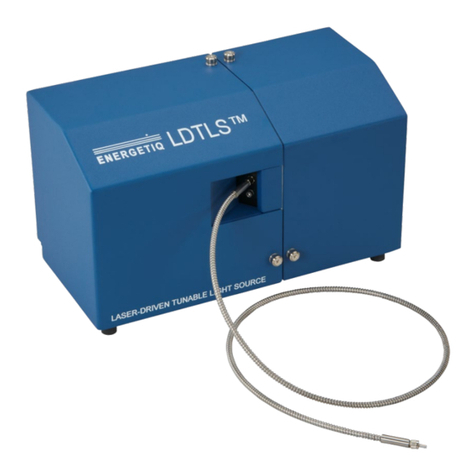
Hamamatsu
Hamamatsu Energetiq LDTLS TLS-EQ-9 Operation manual
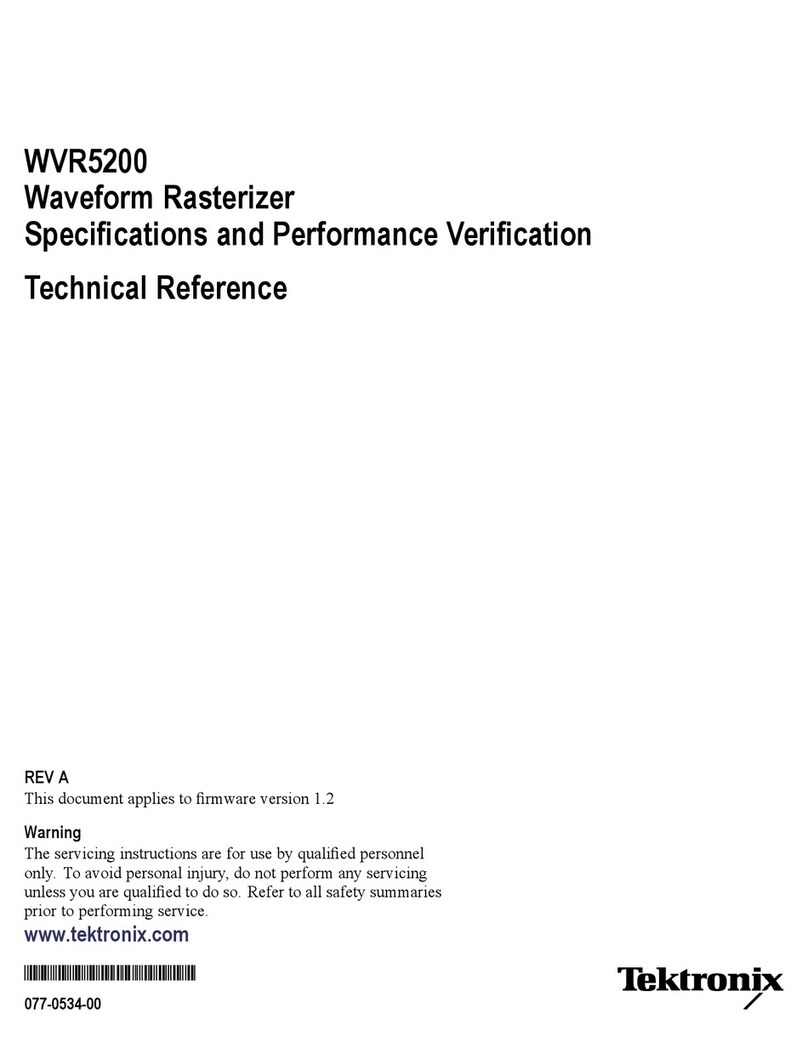
Tektronix
Tektronix WVR5200 Series Specification and Performance Verification Technical Reference